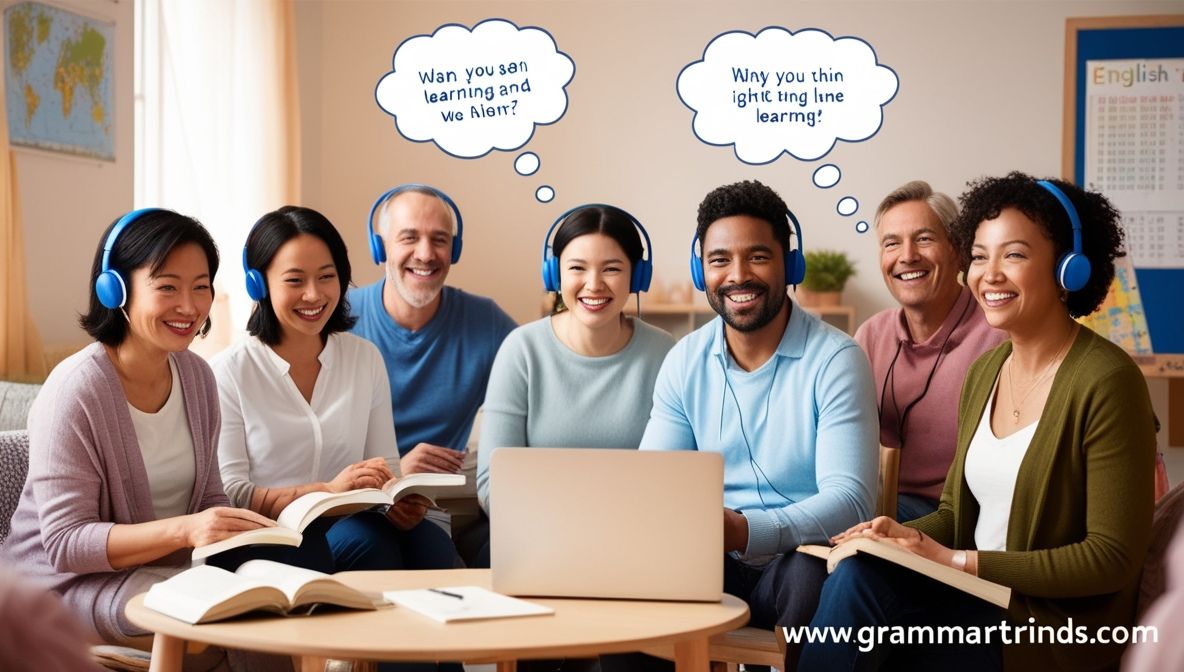What is Comprehensible Input? It’s a question many English learners ask when they hit a plateau or struggle with understanding native speakers. Rooted in Stephen Krashen’s Theory of Second Language Acquisition, the concept of Comprehensible Input has reshaped how language is taught and learned. This article explores how the Input Hypothesis helps English learners improve faster through meaningful, understandable exposure to the language.
Understanding Krashen’s Theory of Second Language Acquisition
Stephen Krashen, a renowned linguist, developed five key hypotheses that explain how we acquire language. His work emphasizes natural learning over forced instruction.
Each part of Krashen’s Theory from the Natural Order Hypothesis to the Affective Filter connects to one core idea: people learn language best when they understand messages slightly above their current level, known as i + 1.
What is Comprehensible Input, Exactly?
Comprehensible Input is language that a learner can mostly understand, even if they don’t know every word or grammar rule. It bridges what you already know with what you’re just beginning to grasp.
This concept forms the heart of Krashen’s Input Hypothesis. According to it, learners acquire language not by memorizing rules, but by exposing themselves to understandable, interesting content that’s just a step beyond their current ability.
The Role of i + 1 in Language Learning
The idea of i + 1 means learners should engage with material that challenges them just a little. If “i” represents your current level, then “+1” is the new information that pushes you forward.
This fine balance keeps learners motivated and reduces frustration. If the input is too easy, you won’t grow. If it’s too hard, your brain checks out. Finding that sweet spot is key to real language acquisition.
How Language Input Powers Unconscious Learning
When you’re watching a movie, reading a story, or chatting with a friend and you’re understanding most of it you’re getting Comprehensible Input. This process leads to unconscious language acquisition, where new words and grammar sink in without effort.
Unlike forced study sessions or grammar drills, this kind of language input taps into your brain’s natural ability to absorb patterns through context.
Evidence Supporting the Input Hypothesis
Krashen’s Input Hypothesis is backed by decades of research, especially from natural language exposure in real-world settings.
Language Acquisition in Children
Children acquire their first language through comprehensible input from parents and caregivers. They don’t study grammar; they just understand messages over time.
Second Language Development
In ESL classrooms, learners exposed to meaningful content like stories, conversations, and visuals develop fluency faster than those focused only on grammar.
The Clockwork Orange Study
This experiment showed that even limited exposure to made-up language, when paired with rich context, could lead to language comprehension. That’s the power of contextual input.
Why Compelling Input Works Better Than Boring Input
Comprehensible Input works best when it’s not just understandable but also compelling. When learners are emotionally invested, their brains retain more.
Compelling content in English like personal stories, funny videos, or interesting podcasts keeps the Affective Filter low. When anxiety is low and interest is high, language learning happens more naturally.
Is Output Necessary for Language Learning?
Language output (like speaking or writing) helps refine skills but isn’t the foundation of language acquisition. According to Krashen, output comes after input.
In the early stages, it’s okay to listen more and speak less. Listening comprehension in English is a stronger predictor of long-term fluency than forced speaking early on.
Practical Ways to Use Comprehensible Input
For successful independent language learning, you need tools that give you consistent exposure to rich, understandable content.
- English podcasts with transcripts
- ESL input activities like interactive stories
- Extensive reading using graded readers
- Shadowing technique for pronunciation and rhythm
- English videos with subtitles
These strategies combine language immersion with control over difficulty, making them perfect for self-learners.
Comprehensible Input at Different English Learning Levels
Beginner Level
Start with short stories, simple dialogues, or Total Physical Response activities. Look for visual cues and English input that connects with everyday life.
Intermediate Level
Explore longer reading and listening materials like graded novels, ESL YouTube channels, and English conversation practice apps.
Advanced Level
Dive into full-length novels, English podcasts, or unscripted interviews. The goal is to develop near-native English comprehension through real-world content.
How to Know If It’s Comprehensible
If you understand 70 to 90 percent of what you’re hearing or reading, it’s likely i + 1. You should feel slightly stretched but not lost. If it feels effortless, it’s too easy. If you’re frustrated, it’s probably too hard.
Final Thoughts on Comprehensible Input for English Learners
If you want to learn English without a classroom, make Comprehensible Input your main method. Forget the grammar obsession. Read more. Listen more. Enjoy the process.
The more you expose yourself to real, understandable English, the more naturally you’ll start thinking and eventually speaking in it.
FAQs
What is Stephen Krashen’s Comprehensible Input?
It’s understandable language that helps learners absorb new vocabulary and grammar naturally.
What are examples of comprehensible input methods?
Reading stories, listening to podcasts, or watching subtitled videos just above your level.
What are Krashen’s 5 hypotheses?
They include the Input Hypothesis, Monitor Hypothesis, Natural Order Hypothesis, Affective Filter Hypothesis, and Acquisition vs Learning.
Useful Resources for English Learners
| Resource | Type | Link |
|---|---|---|
| LingQ | English reading and listening platform | https://www.lingq.com |
| BBC Learning English | ESL videos and reading | https://www.bbc.co.uk/learningenglish |
| Stephen Krashen’s Papers | Official academic archive | http://www.sdkrashen.com |
| ESLPod | English podcast with transcripts | https://www.eslpod.com |
